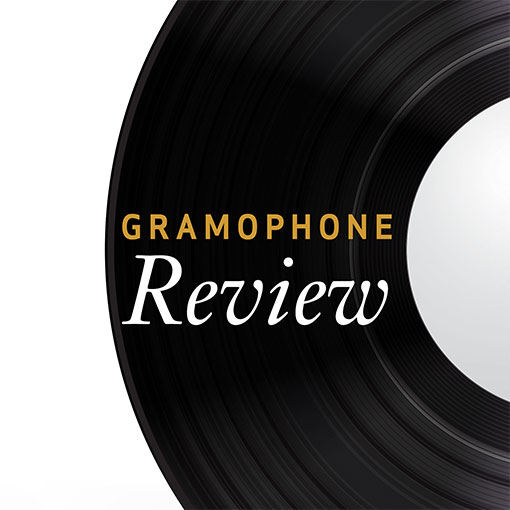GRAUPNER Vergnügte Ruh, beliebte Seelenlust
View record and artist detailsRecord and Artist Details
Composer or Director: Georg Philipp Telemann, (Johann) Christoph Graupner, Johann David Heinichen
Genre:
Vocal
Label: Carus
Magazine Review Date: 05/2015
Media Format: CD or Download
Media Runtime: 78
Mastering:
DDD
Catalogue Number: CARUS83 337

Tracks:
| Composition | Artist Credit |
|---|---|
| Vergnügte Ruh, beliebte Seelenlust |
(Johann) Christoph Graupner, Composer
(Johann) Christoph Graupner, Composer Alex Potter, Countertenor Hans Jörg Mammel, Tenor L'Arpa Festante Ensemble Markus Flaig, Bass Rien Voskuilen, Conductor Veronika Winter, Soprano |
| Canticum Simeonis |
Johann David Heinichen, Composer
Alex Potter, Countertenor Hans Jörg Mammel, Tenor Johann David Heinichen, Composer L'Arpa Festante Ensemble Markus Flaig, Bass Rien Voskuilen, Conductor Veronika Winter, Soprano |
| Ich hebe meine Augen auf zu den Bergen |
Georg Philipp Telemann, Composer
Alex Potter, Countertenor Georg Philipp Telemann, Composer Hans Jörg Mammel, Tenor L'Arpa Festante Ensemble Markus Flaig, Bass Rien Voskuilen, Conductor Veronika Winter, Soprano |
| Overture |
Georg Philipp Telemann, Composer
Alex Potter, Countertenor Georg Philipp Telemann, Composer Hans Jörg Mammel, Tenor L'Arpa Festante Ensemble Markus Flaig, Bass Rien Voskuilen, Conductor Veronika Winter, Soprano |
Author: David Vickers
Christoph Graupner’s Vergnügte Ruh, beliebte Seelenlust (presumably composed for Darmstadt shortly before 1711) is scored for solo soprano, two recorders, two muted violins and two ‘violettas’. L’Arpa Festante’s softly lyrical playing and Winter’s shapely singing reveal abundant melodious charm and an appealing sense of pastoral instrumental colour in Graupner’s setting of the same Lehms poem that Bach used in 1726 for his sublime alto cantata (No 170).
Proceedings conclude with Heinichen’s modern madrigal-form cantata Herr, nun lässest du deinen Diener, which is a Lutheran treatment of Simeon’s Nunc dimittis for the Feast of the Purification of Mary. It was probably composed around 1709, when the former Thomasschule pupil was composer at the opera house and director of the town’s collegium musicum (before his life-changing trip to Venice), and the centrepiece slow aria is sung consolingly by Hans Jörg Mammel in dialogue with Christoph Hesse’s tender violin obbligato. These excellent performances remind us how many of the finest Saxonian Baroque composers had close ties with the university town long before Bach turned up in 1723.
Discover the world's largest classical music catalogue with Presto Music.

Gramophone Digital Club
- Digital Edition
- Digital Archive
- Reviews Database
- Full website access
From £8.75 / month
Subscribe
Gramophone Full Club
- Print Edition
- Digital Edition
- Digital Archive
- Reviews Database
- Full website access
From £11.00 / month
Subscribe
If you are a library, university or other organisation that would be interested in an institutional subscription to Gramophone please click here for further information.





